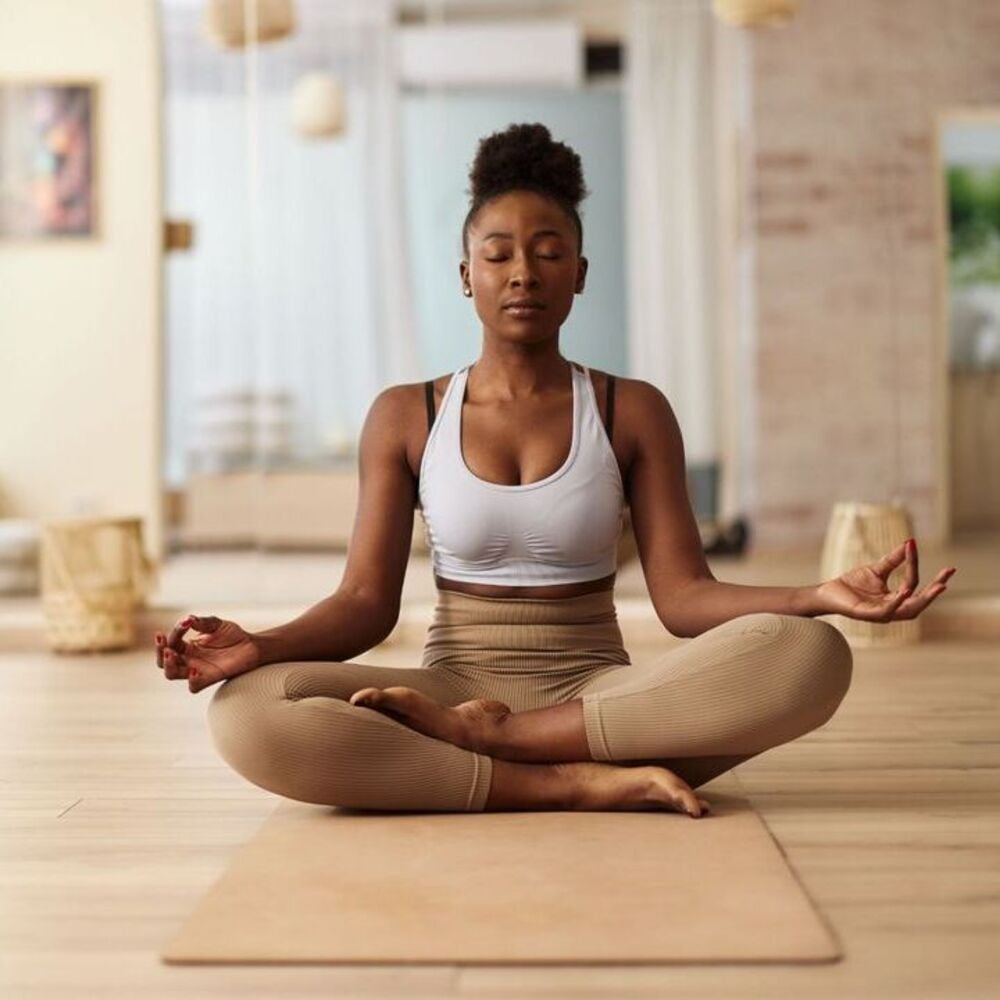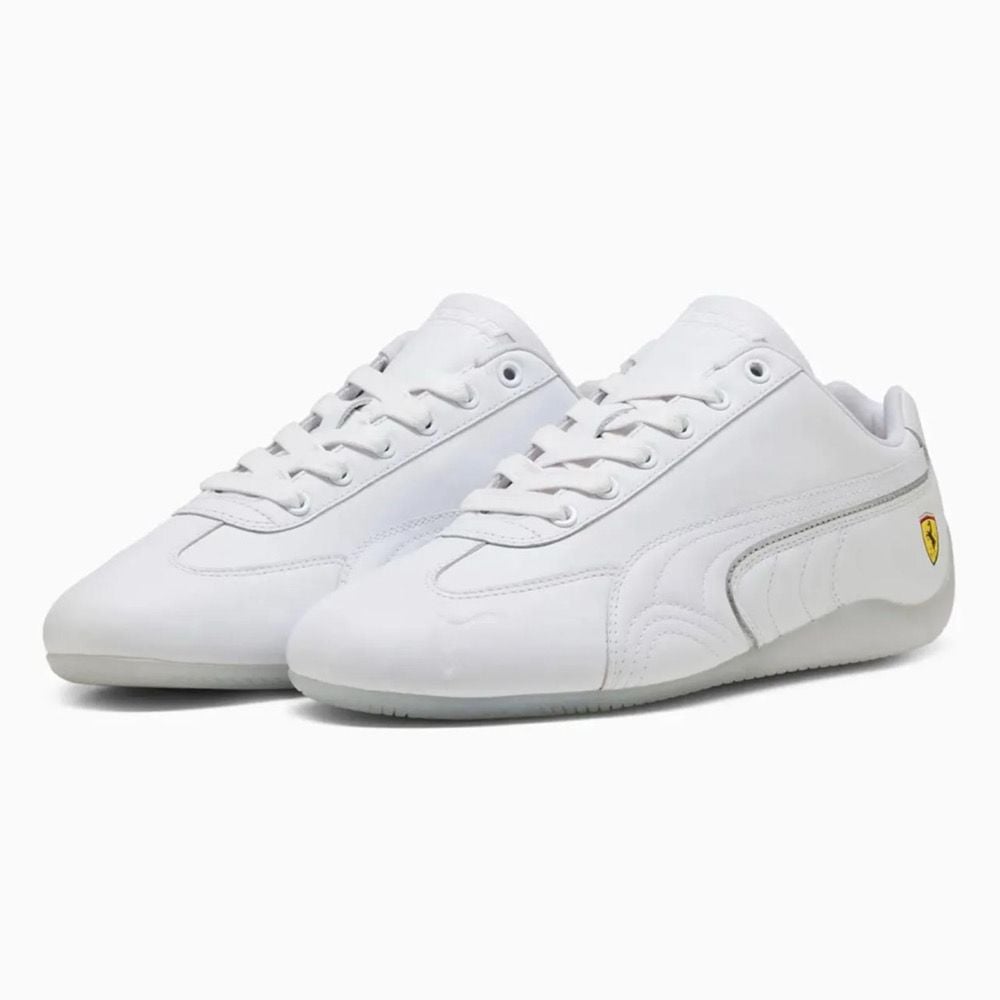Fitness For Longevity: 6 Exercises To Help You Live Longer

A fashion and pop culture writer who watches a lot…
Who wouldn’t want to live a long, healthy, and active life? With the rise of biohacking and wellness trends, more people are seeking ways to improve their lifespan. Exercises for longevity are at the forefront of these discussions, as regular physical activity plays a crucial role in enhancing both lifespan and healthspan.
While you may not be chasing eternal youth, maintaining mobility, independence, and disease-free living is a goal worth striving for. Science supports the idea that incorporating the best exercises for longevity into your routine can significantly impact how long and well you live. So, which types of movement should you prioritize for optimal longevity?
The Science Behind Exercise and Longevity
Research confirms that exercise is one of the most effective ways to increase lifespan. Engaging in at least 150 to 300 minutes of moderate-intensity activity or 75 to 150 minutes of vigorous-intensity activity per week has been linked to a lower risk of chronic diseases such as heart disease, diabetes, and certain cancers. Additionally, physical activity helps slow cellular aging by preserving telomere length, reducing inflammation, and improving mitochondrial function.
Beyond these cellular benefits, exercise enhances cardiovascular health, strengthens bones and muscles, and supports mental well-being. This combination of benefits makes exercise a powerful tool for increasing longevity, helping you live a longer, healthier, and more vibrant life.
Here are six of the best exercises for longevity…
Not all workouts are created equal when it comes to extending life expectancy. A balanced routine that includes cardiovascular exercise, strength training, flexibility, and balance work is key. Below are the best exercises for longevity:
#1. Squats
Squats are a foundational exercise that targets the leg muscles and can be adapted to all levels of ability and strength. They engage multiple major muscle groups, making them highly effective for building lower-body strength and improving mobility. Strong legs are essential for maintaining independence as you age, reducing the risk of falls and injuries. Incorporating squats into your routine not only enhances functional strength but also supports long-term mobility.
#2. Lunges
A lunge replicates the natural motion of walking, making it an excellent functional exercise. The asymmetric stance during a lunge creates a stability challenge, improving balance and engaging muscle groups differently compared to symmetrical exercises like squats. Lunges enhance coordination and strengthen the muscles needed for everyday movements, such as climbing stairs and getting up from a seated position. By incorporating lunges into your routine, you not only build strength but also improve your ability to perform essential tasks with ease and stability as you age.
#3. Push-ups
Push-ups are a foundational movement for building upper-body strength and endurance. They are an excellent way to develop and maintain upper-body function, as the exercise relies on your body weight. Additionally, push-ups are easily adaptable to different fitness levels, allowing for progress as strength improves. A strong upper body supports good posture, reduces strain on the lower back, and makes everyday tasks like lifting, carrying, and even pushing objects much easier.
#4. Pull Exercises (Rows & Hanging Movements)
Pull exercises are key to functional movement. Grip strength and static hanging time are strong indicators of overall fitness and longevity. Rowing exercises also complement pushing movements, promoting shoulder health. Incorporating pull exercises like dead hangs, pull-ups, or rows strengthens the back and arms while improving posture and resilience.
#5. Plank
Core strength is vital for longevity. Holding a plank for two minutes is a clear indicator of core endurance, essential for sustained activity. A strong core improves stability, alleviates back pain, and enhances overall movement efficiency.
#6. Yoga (In Small Groups)
Lastly, incorporating a weekly yoga session in a small group setting is beneficial for longevity. While yoga and Pilates are great for younger individuals with flexible joints, they can also lead to common injuries like overstretching the Achilles and hip flexors. Smaller classes offer more personalized instruction, reducing injury risks while still providing the benefits of improved flexibility and balance.
Featured image: Getty Images
For the latest in fashion, lifestyle, and culture, follow us on Instagram @StyleRave_
—Read Also
A fashion and pop culture writer who watches a lot of TV in his spare time. At Style Rave, we aim to inspire our readers by providing engaging content to not just entertain but to inform and empower you as you ASPIRE to become more stylish, live smarter and be healthier. Follow us on Instagram @StyleRave_ ♥


